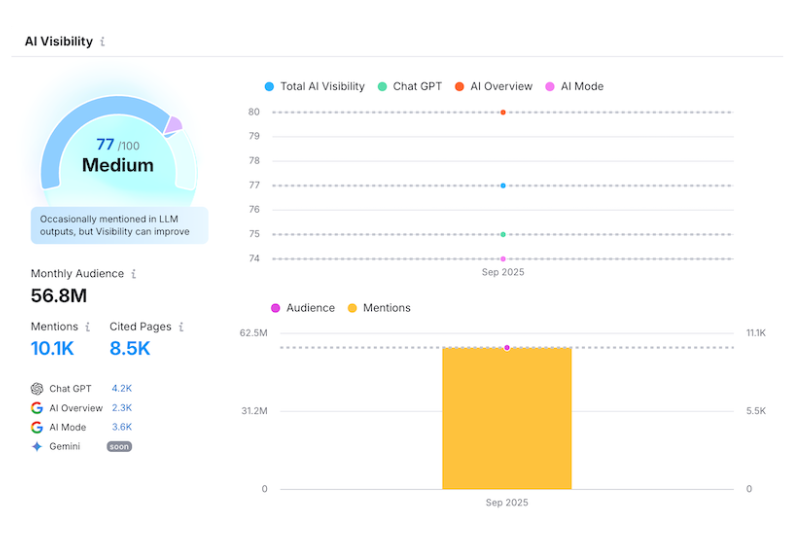Adobe’s latest announcement of its new Storefront application has stirred quite a conversation in the eCommerce and developer communities. At Human Element, we gathered our internal experts – Ben Lorenz (managing partner), Andrea Evans (director of product development and consultative teams), and Paul Briscoe (director of technology) – to unpack what this change means for merchants, developers, and the Adobe ecosystem at large.
Watch the video above for the full conversation.
Meet the Panel
Before diving in, let’s introduce the minds behind the mics:
- Ben Lorenz: Co-founder and managing partner of Human Element, Ben has deep roots in Magento/Adobe Commerce since its early days.
- Andrea Evans: Her background in digital strategy and delivering eCommerce projects means she’s worn many hats in the Adobe Commerce space for over a decade.
- Paul Briscoe: Paul’s been leading and guiding teams through the evolving Adobe Commerce landscape for the last fifteen years.
What Is Adobe Storefront?
Adobe Storefront is a headless front-end application that connects to Adobe Commerce. It uses Adobe Experience Manager (AEM), Google Drive, or Microsoft Sharepoint to manage content. Connecting it to your backend means that you can access information in your Magento or Adobe Commerce system like customers, product catalogs, carts, and quotes. It allows you to integrate your headless shopping experience with Magento or Adobe Commerce in a way that wasn’t previously possible.
Paul explains, “Storefront allows a decoupled experience that’s fast, lightweight, and powered by tools like Google Drive or SharePoint for quick start-ups, though AEM remains the intended long-term content manager.”
First Impressions: Setup, Speed, and Stability
Adobe claims Storefront can be set up in 20 minutes. The Human Element team found that… optimistic.
“It wasn’t 20 minutes,” Paul admits. “But it wasn’t a full day either. A few hours, maybe.”
Paul notes it was smoother than Magento 2’s early setup days and praised its responsiveness: “Snappy checkout, quick navigation – it’s lightweight and quick once you’re over the initial bumps.”
The Drawbacks of Document-Based Content Management
Storefront supports content via Google Drive and SharePoint initially, which Paul says can be a double-edged sword. While it simplifies the demo phase, it introduces risk:
“If you accidentally make changes to a shared doc, it can mess things up quickly. This setup is probably transitional; Adobe’s nudging users toward AEM.”
Impacts on Adobe Commerce Customers
Adobe Storefront is built exclusively for Adobe Commerce Cloud. Those running Adobe Commerce on-premise or with third-party hosting won’t benefit unless they migrate. Andrea suggests we’re likely to see Adobe “gently” pressure customers toward the cloud, especially since Storefront could become the only supported frontend in the future.
What About Customizations?
Custom themes and features won’t automatically transfer to Storefront. Because Storefront is a separate JavaScript application (not running within Magento), existing customizations need GraphQL API coverage to work.
“This can be good,” Paul suggests. “It lets teams drop old tech debt and rethink what a modern commerce experience should be. But it does mean reinvestment.”
This is especially critical for B2B clients, Andrea warns, where shared catalogs and custom UIs must be rebuilt from scratch in the new system.
Is Adobe Storefront Ready for Production?
Not yet.
The team agrees: Storefront is not release-ready, especially for complex or B2B use cases. Andrea recommends watching the space closely but waiting to make big moves.
“They’ve tried this before with PWA Studio. This one feels more promising, but it’s still young.”
Why Adobe Is Going Headless
Ben believes Adobe is aiming for a SaaS-like delivery model, prioritizing security, fast global patches, and integrated tools like AEM. Paul agrees: “By locking down the Magento front end, you reduce surface area for attack and streamline security.”
However, Andrea sees this as Adobe catching up to API-first rivals like Shopify, Shopware, and BigCommerce.
A Learning Curve for System Integrators
For developers and system integrators, this transition is reminiscent of the Magento 1 to Magento 2 shift. Skill sets must evolve: back-end developers must still maintain Adobe Commerce, but front-end work shifts to JavaScript and API-first approaches.
“You’ll need both a Magento back-end dev and a JS front-end dev,” Paul notes. “And you’ll want to reassess ERP connections, events, and hooks.”
So… What Should Merchants Do Now?
Andrea summarizes it well:
“It’s a wait-and-see game. Watch for the tools and features you need becoming available. Then decide if it’s time to migrate or replatform entirely.”
Final Thoughts on Adobe Storefront
Change is hard but necessary. Adobe Storefront represents a meaningful shift toward modern commerce architectures. While it’s not ready for everyone yet, it’s a glimpse into Adobe’s future direction.
As Paul concludes: “We need to keep evolving. This is change, and sometimes change is good.”
If you’ve got questions about Adobe Storefront, we’d love to chat with you about it.



